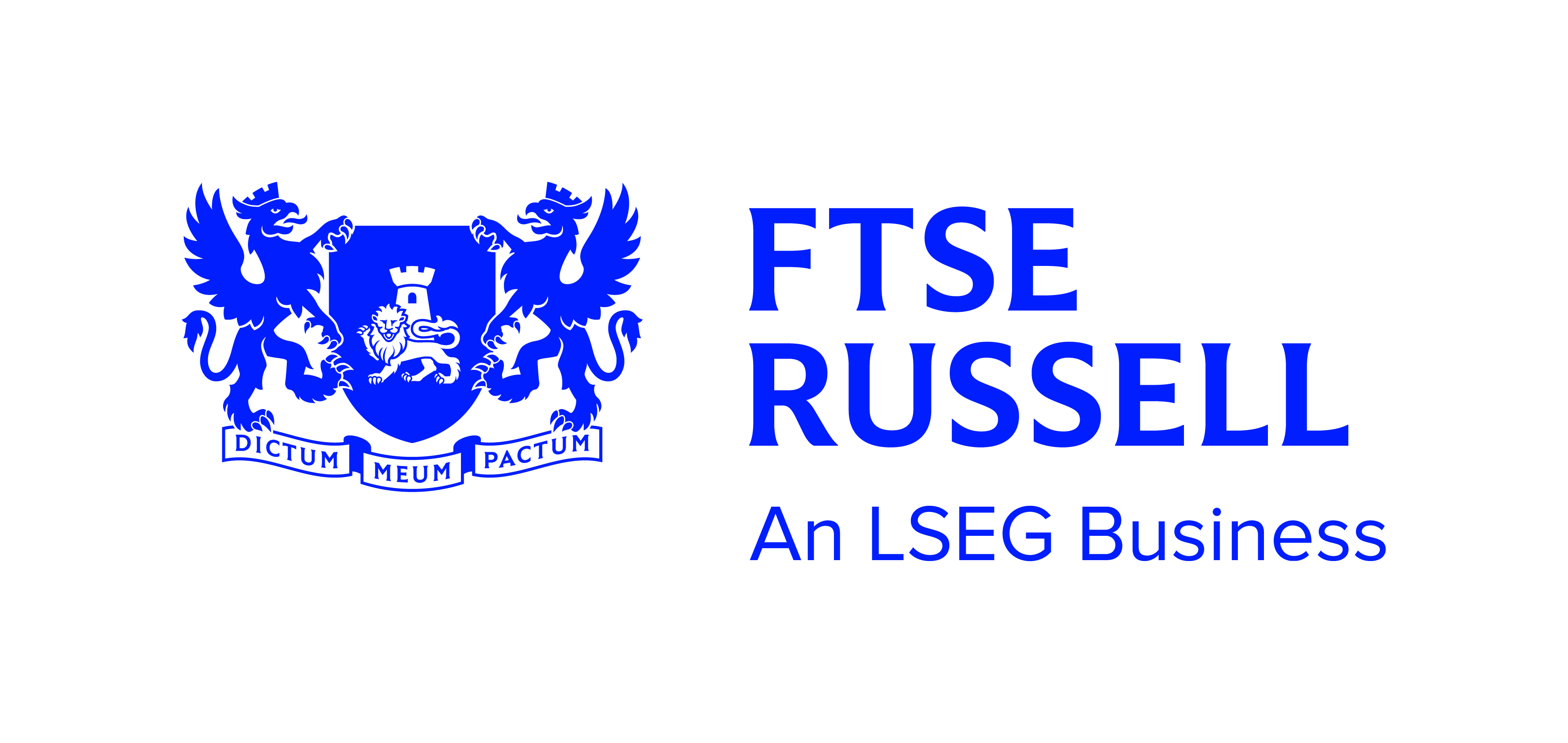ETFs with an environmental, social and governance (ESG) tilt continued to gather inflows despite the market turbulence as the coronavirus sent shockwaves through the global economy.
One of the leading benchmark providers in Europe for ESG strategies is MSCI. The firm has over 1,500 equity and fixed income ESG indices which either include, re-weight or exclude companies depending on their ESG scores.
MSCI is by some distance the most popular index provider for European ETF issuers offering sustainable strategies with exposure to US equities. The largest of these is the $1.1bn iShares MSCI USA ESG Screened UCITS ETF (SDUS).
However, in June, HSBC Global Asset Management (HSBC GAM) went against the grain by partnering with FTSE Russell to launch a sustainable US equity ETF, the HSBC USA Sustainable Equity UCITS ETF (HSUS), which tracks a low carbon ESG index.
With the two strategies on their own being very appealing to investors in the current climate, what are the key differences to offering US equity exposure through MSCI and FTSE Russell sustainable indices?
ETF
HSBC USA Sustainable Equity UCITS ETF (HSUS)
iShares MSCI USA ESG Screened UCITS ETF (SDUS)
AUM
$62.3m
$1.1bn
Benchmark
FTSE USA ESG Low Carbon Index
MSCI USA ESG Screened Index
Total expense ratio (TER)
0.12%
0.07%
Inception date
05/06/2020
23/10/2018
Investment strategy
HSUS tracks the FTSE USA ESG Low Carbon index. The benchmark offers exposure to US equities while integrating ESG, carbon emissions and fossil fuel reserves considerations.
FTSE Russell provides the ESG ratings and data modelling which targets a 20% improvement on ESG scores. It uses a three-tilt approach by considering the ESG scores, carbon emissions and fossil fuel reserves by targeting a 50% reduction on carbon intensity by tracking carbon emissions as well as a 50% reduction on fossil fuel reserves intensity.
HSUS also excludes any company that is involved within controversial industries such as weapons, tobacco, thermal coal, nuclear energy or conflict with the UN global compact principles.
According to ETF Logic’s data and analytics tool, Logicly, HSUS has a global compact score of 56.1 while it has an environmental score of 63.3, a social score of 55.6 and a governance score of 50.4.
It is comprised of 471 constituents which are primarily in the information technology sector (38.8%). This is ahead of financials with 14.1% and consumer staples with 10.8%.
By a significant margin, its largest holding is Microsoft with 13.4% ahead of Apple and Visa with 6.9% and 3.5%, respectively.
SDUS, meanwhile, tracks the MSCI USA ESG Screen index which similarly excludes companies involved within controversial industries.
The weighting of SDUS is then determined by the market cap of the constituents rather than being tilted by certain sustainable aspects like HSUS. This process is likely why HSBC GAM’s HSUS is 5bps more expensive at 0.12%.
SDUS offers a larger portfolio with 579 holdings which again is dominated by the information technology sector with 29.9%. However, its second largest sector exposure is healthcare with 14.5% ahead of consumer discretionary with 12.7%.
Another difference SDUS has is that Apple is the largest holding with 7.6% ahead of Microsoft with 5.3%. Interestingly, Amazon is the third largest holding with 4.8% which is contributes to the large exposure to consumer discretionary.
In terms of Logicly’s ESG score, SDUS is slightly behind HSUS. SDUS has a global impact score of 53 which is 3.1 below HSUS. Similarly, its environmental and social scores are below by 5.6 and 3 points, respectively, while its governance score is the same.
Performance
As HSUS is only three months old, performance history is limited. However, the US equity market has rallied in the past three months so it is interesting to see which of these two ETFs has outperformed.
Since HSUS’s inception, the S&P 500 index has climbed 7.4%. Over the same period, HSUS has climbed just shy of 6% while SDUS outperformed both with 8.1%.
In fact, SDUS has outperformed the S&P 500 index by 3.2%, year-to-date.
One factor behind HDUS’s underperformance could be due to its weighting methodology. One of the best performing stocks of 2020 is electric car company Tesla which split its stocks on 31 August, causing a short rally. MSCI rates Tesla highly for ESG, meaning it has a weighting of just over 1% for SDUS.
However, FTSE Russell rates Tesla as the worst car manufacturer with regards to ESG and therefore underweights it meaning it only accounts for 0.06% of the fund. This means HSUS has missed out on a significant exposure to a stock that has a YTD performance of 452% and has climbed 168.2% since its inception.
Apple, another company that split its stocks on 31 August, has produced a modest return of 78.7% YTD. Both ETFs would have captured this performance well given Apple is SDUS's largest exposure with 7.6% weighting while the stock is HSUS's second largest with 6.7%.
Conclusion
These two ETFs may offer exposure to the same region, however, they are very different strategies and consequently, offer very different return profiles.
HSBC GAM’s HSUS incorporates an ESG-tilt strategy managed by FTSE Russell, that overweights companies that are reducing their carbon emissions and fossil fuel reserve.
ETF Insight: Are ETF and index providers taking ESG seriously?
BlackRock’s SDUS takes a lighter sustainable approach using MSCI’s exclusion process which does not include any company involved within controversial industries.
This process has benefitted SDUS considerably having strongly outperformed the S&P 500 so far in 2020 which has seen some very big ups and downs.
For investors seeking sustainable returns, both in cash and morally, HSUS goes beyond a simple exclusions methodology. By reducing carbon emissions and fossil fuel reserves, HSUS has a far greener filter than SDUS. Therefore, this ETF would be a better option for investors looking to have a greater sustainable impact on US companies.






